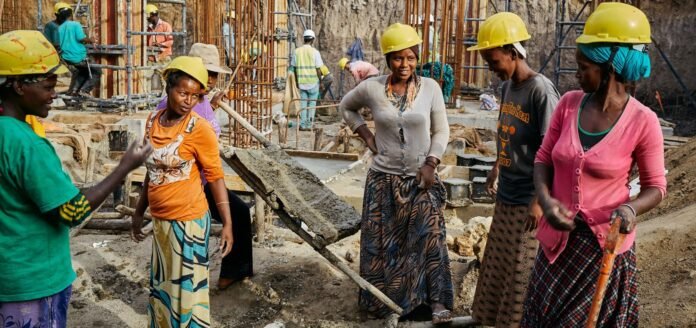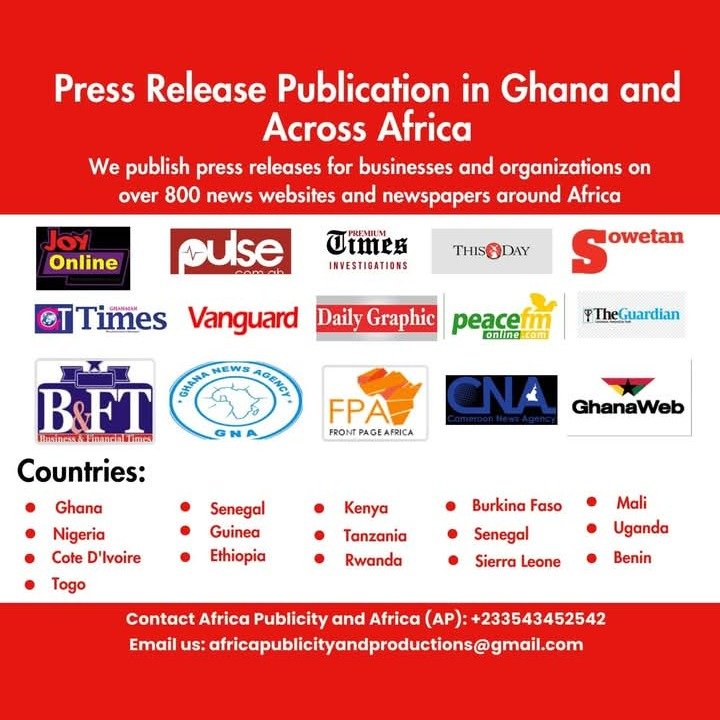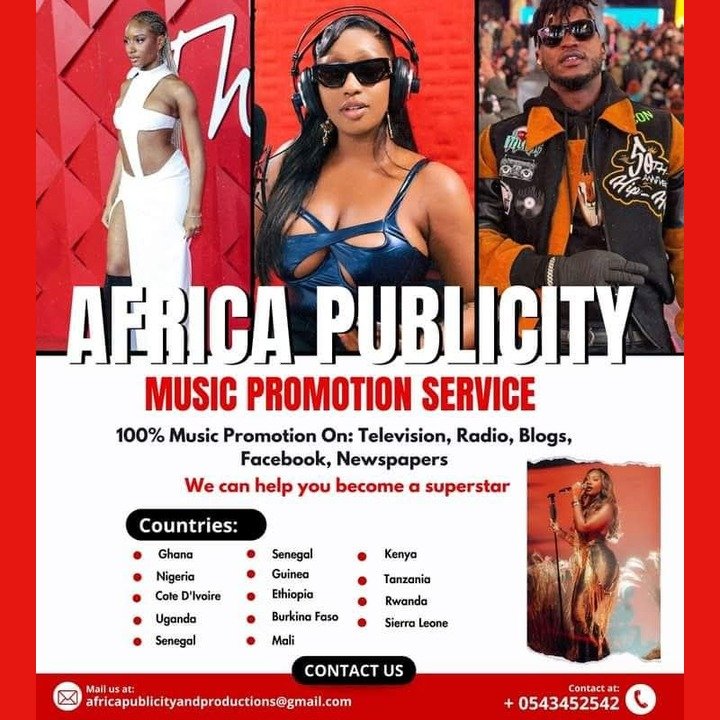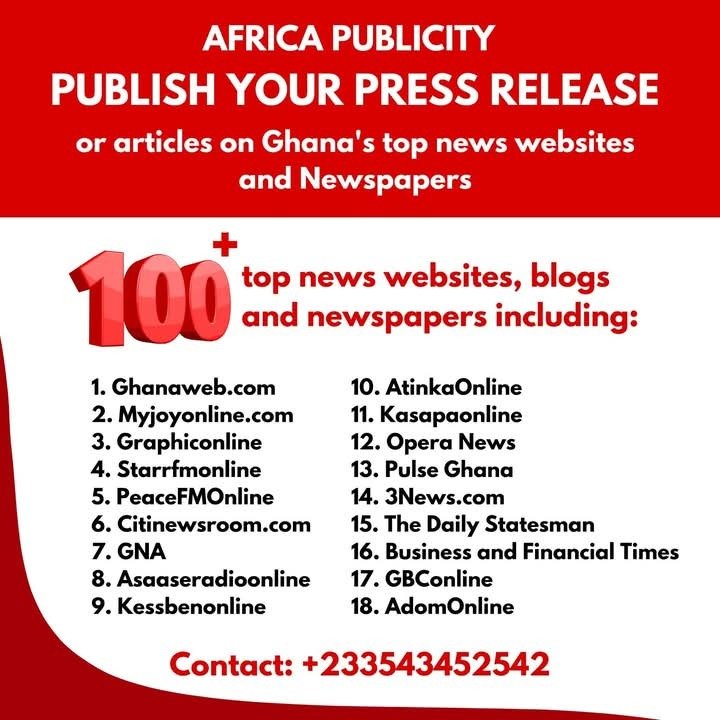Emmanuel Mihiingo Kaija
Abstract
The economies of Africa are navigating a complex moment. On one hand, the continent is projected to out-pace the global average in GDP growth, reaffirming its place as the world’s second-fastest-growing region. On the other, growth remains too slow to meaningfully reduce poverty or to unlock the structural transformation many have hoped for. This article synthesises the latest macro-economic data (2024–26) and explores three inter-linked themes: (1) the current performance and regional variation, (2) structural constraints and external risks, and (3) policy levers and pathways for deeper transformation. Combining quantitative evidence with an interdisciplinary lens (historical legacies, geography, institutional architecture), we argue that Africa must shift from growth-in-volume to growth-in-quality if it is to fulfil the promise embedded in its demographic and resource endowments.
1.Introduction
Africa often appears in global headlines as the “next frontier” of economic growth. With youthful populations, abundant natural resources, and expanding urbanisation, the narrative is seductive. Yet for many Africans the lived experience is a mix of promise and frustration. As the proverb in Kiswahili reminds us, “mwaka uliopita hauzii mbegu za leo” – the seeds planted yesterday do not harvest themselves.
The recent report of the African Development Bank Group (AfDB) projects the continent’s average real GDP growth at around 3.7 % in 2024 and rising to 4.3 % in 2025. Another source places the figure slightly differently: 3.3 % in 2024, improving to 3.9 % in 2025 and 4.0 % in 2026. Meanwhile, the World Bank reports growth of 3.4 % in 2024, with the caveat that the pace remains inadequate for large-scale poverty reduction. In what follows, we track these numbers, unpack regional variation, situate the structural-and-institutional constraints, and consider what “outside the box” strategies might look like for the future.
2.Current Performance & Regional Variation
2.1 Headline numbers
According to AfDB, Africa will maintain its status as the second-fastest-growing region after Asia, with growth above the global average of ~3.2%.
Projections indicate 21 countries might grow by more than 5 % in 2025; among them, four are forecast to exceed the “7 % threshold” broadly associated with meaningful poverty reduction: Rwanda, Niger, Ethiopia and Senegal.
By region:
East Africa is the fastest-growing region, projected to reach ~5.9 % in 2025–26.
West Africa expected at ~4.3 % in the same period.
Southern Africa has the weakest outlook — e.g., ~2.2 % projected growth with its largest economy, South Africa, at ~0.8 %.
2.2 Interpretation
These numbers are encouraging in that they show resilience. Many African economies rebound from the pandemic shock and the ripple of the Russia-Ukraine war. They also suggest that the continent is not simply a passive victim of global currents: reforms and domestic policy adjustments matter. Yet caution is required:
At ~4 % growth, many economies still fall short of the ~7 %+ benchmark often cited for transformational change (industrialisation, employment, poverty reduction).
Growth is highly heterogeneous: some countries lead, many lag.
Growth per se doesn’t guarantee inclusive development: the speed, quality, and direction of growth remain central questions.
3.Structural Constraints & External Risks
3.1 Institutional-structural issues
Several inter-linked barriers temper the transformation of growth into broad-based development:
Institutional capacity – Weak governance, unpredictable regulation, corruption, and low state capacity slow investment, reduce returns on infrastructure, and raise risk premiums.
Infrastructure gap – The “two wings of the aircraft” metaphor coined by AfDB is instructive: hard infrastructure (roads, power, phones) must be matched by soft infrastructure (institutions, skills, knowledge).
Human capital & productivity – Many economies grow, but productivity gains are modest. The World Bank notes that in Sub-Saharan Africa, a 1 % rise in per-capita GDP only reduces extreme poverty by ~1 %, compared with ~2.5 % globally.
Structural dependence – Many countries rely on commodities, limited diversification, weak value-chains, and exposed export profiles.
3.2 External and macro-risks
Global demand & trade – African economies remain vulnerable to swings in commodity prices, global demand, and tariffs. For example, the AfDB cut its 2025 forecast to 3.9 % citing U.S. trade tariffs and weaker global demand.
Debt & fiscal pressure – Many African governments face rising debt burdens and high interest payments. The AfDB flagged that interest payments already absorb ~27.5 % of government revenue, up from ~19 % in 2019.
Climate and conflict – The Sahel, Horn of Africa, droughts, floods, and conflict zones remain drag on regional growth and inject uncertainty.
Demographic burden – With the youngest population globally, the challenge is converting human-potential into productive contribution rather than into dependency.
4.Policy Levers & Pathways for Transformation
Given the mix of promise and constraint, what are plausible “outside-the-box” pathways for Africa to move from moderate growth toward transformational change?
4.1 Mobilising domestic resources & enhancing structural resilience
Tax/non-tax revenue: According to AfDB, Africa could mobilise an additional US$1.43 trillion from domestic tax and non-tax sources if leakages are curbed.
Strengthen domestic capital markets to reduce dependence on volatile external funding.
Deepen institutional reforms: improve regulatory certainty, rule of law, public-sector capacity — turning “resilience” into “competitive resilience”.
4.2 Regional integration & value-chain leapfrogging
Accelerate intra-African trade and value-chains rather than simply exporting raw commodities. Network-analysis research shows that countries with better connectivity, human capital, and infrastructure enjoy stronger growth and trade integration.
Leverage the African Continental Free Trade Area (AfCFTA) to reduce trade costs, link small economies to bigger value-chains, and enable manufacturing & services export growth.
4.3 Digital & green economy opportunities
Africa’s youth and urbanising populations are well-positioned to adopt digital platforms and leap-frog legacy infrastructure.
The green transition offers job potential: a report estimates ~3.3 million jobs across Africa by 2030 in renewables and related sectors.
Policy-link: combine digital infrastructure (broadband, fintech) with climate-resilient agriculture, renewables, and manufacturing.
4.4 Inclusive growth & structural change
Growth must translate into jobs, rising incomes, and shrinking inequality. Historical evidence shows that growth without structural change often stagnates into “middle-income traps”.
Spatial policy: recognise that many growth engines are urban; but rural transformation remains critical (agriculture, connectivity, services).
Multi-disciplinary view: link economic growth to environmental geography (climate resilience), historical legacies (institutional path-dependency), and sociological patterns (youth employment, migration).
5.Conclusion
Africa stands at a crossroads. The macro-numbers show resilience: growth rates of ~3.5–4.5 % over the next few years are respectable but not spectacular. If this were the end of the story, we might settle for incremental progress. But the stakes are higher: with youth bulges, digital disruption, climate pressure, and global competition all converging, Africa requires not just growth but transformation.
As the Igbo proverb goes: “Onye aghala nwanne ya” — let no one leave his brother behind. In the context of development: growth cannot leave behind the rural, the youth, the informal economy. The path forward must weave together fiscal reform, regional integration, digital-green opportunity, and inclusive structure. The seeds of change are planted; the question is whether the harvest will be moderate or abundant.
Moving from ~4 % growth to sustained ~7 % growth with structural inclusion is the African challenge of our generation.
Keywords: Africa, economic growth, structural transformation, AfDB, regional integration, green economy, fiscal reform.
References
African Development Bank Group. (2024, February 15). Africa dominates list of the world’s 20 fastest-growing economies in 2024, African Development Bank says in macroeconomic report. African Development Bank Group. https://afdb.africa-newsroom.com/press/africa-dominates-list-worlds-20-fastest-growing-economies-2024-african-development-bank-says-macroeconomic-report-68751
African Development Bank Group. (2024, May 27). 41 African countries set for stronger growth in 2024, keeping continent second-fastest-growing region in the world: African Development Bank’s economic outlook. African Development Bank Group. https://afdb.org/en/news-and-events/press-releases/41-african-countries-set-stronger-growth-2024-keeping-continent-second-fastest-growing-region-world-african-development-banks-economic-outlook-71384
African Development Bank Group. (2025, June 12). African Economic Outlook 2025: Africa’s short-term outlook resilient despite global economic and political headwinds. African Development Bank Group. https://www.afdb.org/en/news-and-events/press-releases/african-economic-outlook-2025-africas-short-term-outlook-resilient-despite-global-economic-and-political-headwinds-84038
African Development Bank Group. (2024, October 3). African Development Bank new report highlights Africa’s strengthening economic growth amid global challenges. African Development Bank Group. https://afdb.africa-newsroom.com/press/african-development-bank-new-report-highlights-africas-strengthening-economic-growth-amid-global-challenges
Arxiv Research Network. (2024, October). Economic integration of Africa: A network analysis approach. arXiv preprint. https://arxiv.org/abs/2410.21019
Reuters. (2025, May 27). AfDB cuts Africa’s 2025 growth forecast, citing trade tariffs and uncertainty. Reuters. https://www.reuters.com/world/africa/afdb-cuts-africas-2025-growth-forecast-trade-tariffs-uncertainty-2025-05-27/
The Guardian. (2024, July 26). Green economy could generate 3.3 million jobs across Africa by 2030 – report. The Guardian. https://www.theguardian.com/global-development/article/2024/jul/26/green-economy-could-generate-33m-jobs-across-africa-by-2030-report
World Bank. (2024, April 8). African economies projected to grow in 2024, but faster and more equitable growth needed to reduce poverty. World Bank Press Release. https://www.worldbank.org/en/news/press-release/2024/04/08/african-afe-afw-economies-projected-to-grow-in-2024-but-faster-and-more-equitable-growth-needed-to-reduce-poverty








